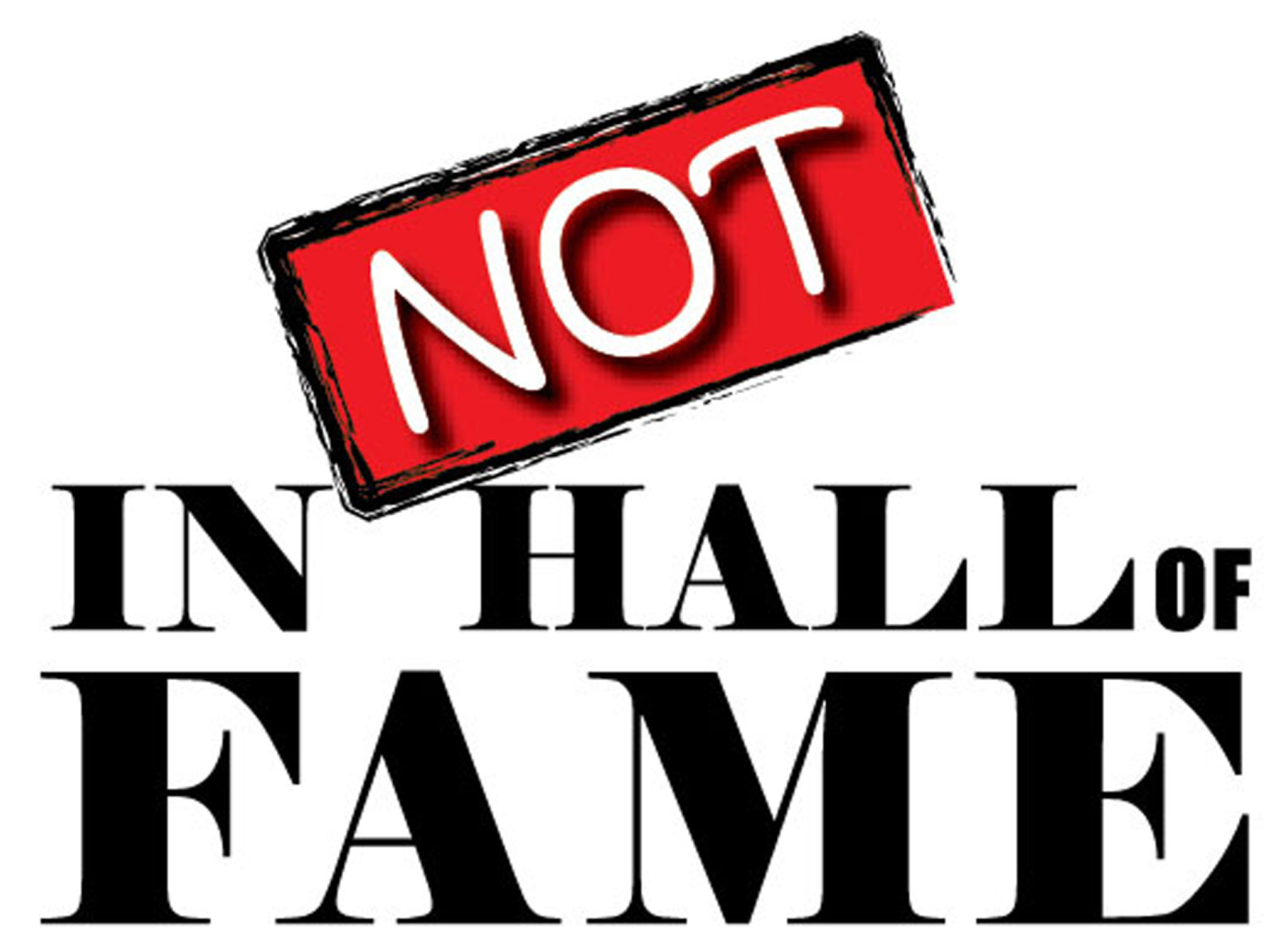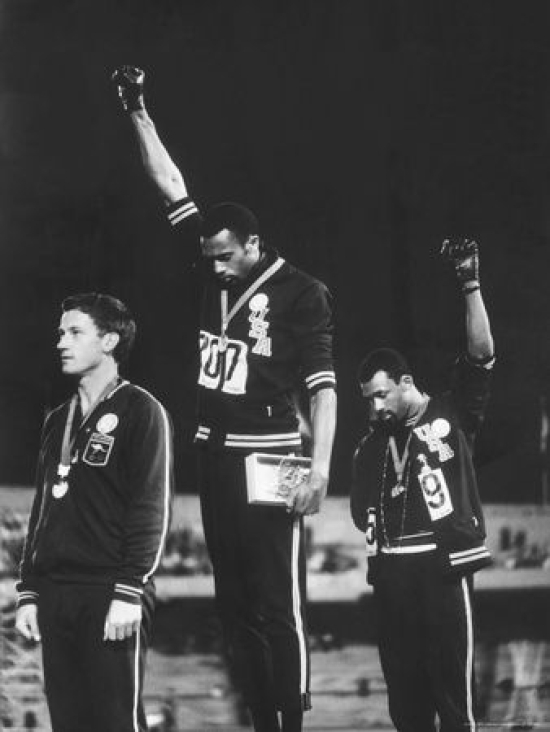In 1968, a powerful moment unfolded at the Olympics, leaving an indelible mark on society’s fabric. It was more than a sports event; it was a bold stage for a silent scream against racial injustice. As the American national anthem echoed through the stadium, two athletes, Tommie Smith and John Carlos, stood with bowed heads and raised fists, clothed in black gloves. This peaceful yet profound gesture, known as the Black Power salute, echoed around the world, symbolizing a fight far beyond the athletic tracks - a struggle for equality and justice that still resonates in the corridors of history.
Background of the 1968 Olympics
The 1968 Olympics were not just another sporting event. Set against a tumultuous backdrop of global upheavals, protests, and the civil rights movement, the games were a stage for athletic prowess intertwined with social commentary. Mexico City buzzed with anticipation, welcoming athletes who were not just contenders for Olympic medals but also representatives of diverse global realities.
Tommie Smith and John Carlos emerged as figures of historical prominence among these athletes. Their participation symbolized more than athletic competition—a subtle echo of larger societal battles. For those seeking a deeper understanding of this historical moment, custom essays for sale or history essay services can provide valuable insights. The stage was set, and the world watched as history unfolded, intertwining sports with cultural and political expressions.
The Black Power Salute: An Act of Protest
As the medal ceremony began, a palpable tension filled the air. Tommie Smith and John Carlos, adorned with their hard-earned medals, stood on the podium, barefoot, heads bowed, each with a raised fist ensheathed in a black glove. The stadium fell into a hush as the Star-Spangled Banner played, and the athletes' silent protest reverberated through the arena.
Their act was a symbol, a non-violent cry against racial inequality and injustice. However, the aftermath was swift and severe. The athletes faced immediate backlash, entangled in controversy, demonstrating the era's charged atmosphere and the profound implications of their silent statement.
Historical and Social Context
In 1968, the winds of change and turmoil swept across the globe, marked by protests, civil rights movements, and a fervent cry for equality. Within the United States, the struggle against racial discrimination and for civil rights was reaching a fevered pitch. The assassinations of Martin Luther King Jr. and Robert Kennedy added to the social upheaval, fueling the flames of change and resistance.
Against this backdrop, the silent protest at the Olympics found its place and meaning. The global stage amplified the gesture, turning the athletes' quiet statement into a deafening call that echoed across borders and societies.
Media’s Role and Coverage
The media played a crucial role in broadcasting the Black Power salute to a global audience, acting as the lens through which the world witnessed this poignant moment of protest. Newspapers, television broadcasts, and radio stations became conduits, transmitting images and narratives that shaped public perception.
However, media portrayal varied, with some outlets echoing the athletes’ call for justice, while others fueled criticism and controversy. This dichotomy in coverage highlighted the media's power in influencing discourse and perceptions, demonstrating its pivotal role in disseminating and framing the historical and cultural significance of the protest.
Public and Official Reactions
The reactions to the Black Power salute were as diverse as they were impassioned. The public sphere buzzed with voices of support, empathy, outrage, and disapproval. Some saw the act as a heroic stand against racial injustice, while others perceived it as a divisive political statement unfit for the apolitical arena of the Olympics.
Officially, the response was stringent. The International Olympic Committee swiftly condemned the act, leading to the expulsion of Smith and Carlos from the Olympic Village. This mosaic of reactions painted a vivid picture of the era's tumultuous struggle with race, politics, and societal values.
Long-Term Impact on Sports and Activism
The Black Power salute of 1968 left an indelible legacy, redefining the intersection of sports and activism. It illuminated the power of the athletic stage as a platform for social and political expressions, inspiring subsequent generations of athlete activists.
This profound moment underscored the capability of sports to transcend beyond the realms of physical competition, permeating the broader spheres of societal discourse and change. The echo of this protest continues to resonate, shaping the dynamic interplay between athletic platforms and the ongoing global dialogue on justice, equality, and human rights.
https://unsplash.com/photos/mF9m6BRHCtg
Comparisons with Modern Instances of Athlete Activism
Modern sports arenas continue to be powerful stages for athlete activism, echoing the legacy of the 1968 Black Power salute. Today’s athletes, armed with extensive social media presence, wield influence that transcends beyond the field. Parallels can be drawn with instances like Colin Kaepernick’s knee-taking protest, resonating with similar tones of dissent and calls for justice.
While the essence of protest remains, the modes and platforms have evolved, showcasing a dynamic continuum in the athlete’s role as a harbinger of societal discourse, change, and awareness in the face of prevailing global issues and injustices.
Writing the Essay: Structure and Key Points
Crafting an essay on this poignant historical event involves thoughtful organization and articulation of key points. Begin by structuring the narrative cohesively, ensuring a flow that guides the reader through the historical journey effectively. Incorporate research meticulously, allowing facts and perspectives to paint a vivid picture of the era and the event’s significance.
If navigating through this process feels daunting, consider seeking guidance from the best assignment help websites. They offer invaluable support in aligning your thoughts, research, and expression into a compelling and informative essay that resonates with the depth and impact of the 1968 Black Power salute.
Conclusion
The 1968 Black Power salute stands as a monumental symbol of resistance and advocacy for equality, its reverberations echoing through time. Its cultural significance remains deeply ingrained, reminding us of the powerful intersection of sports and social activism. In the tapestry of historical discourse, it encourages ongoing reflection and dialogue, urging us to contemplate its enduring relevance and the persistent echoes of its call for justice and equality in today’s society.





Comments powered by CComment